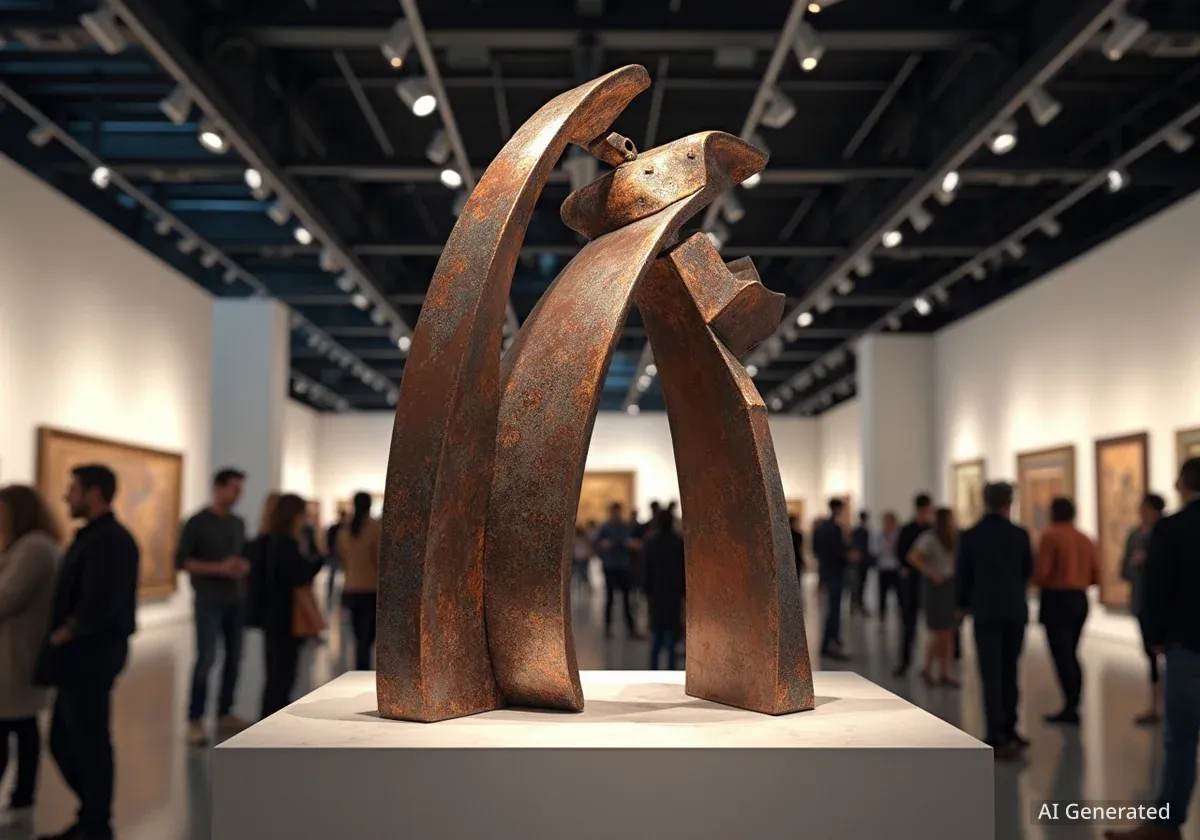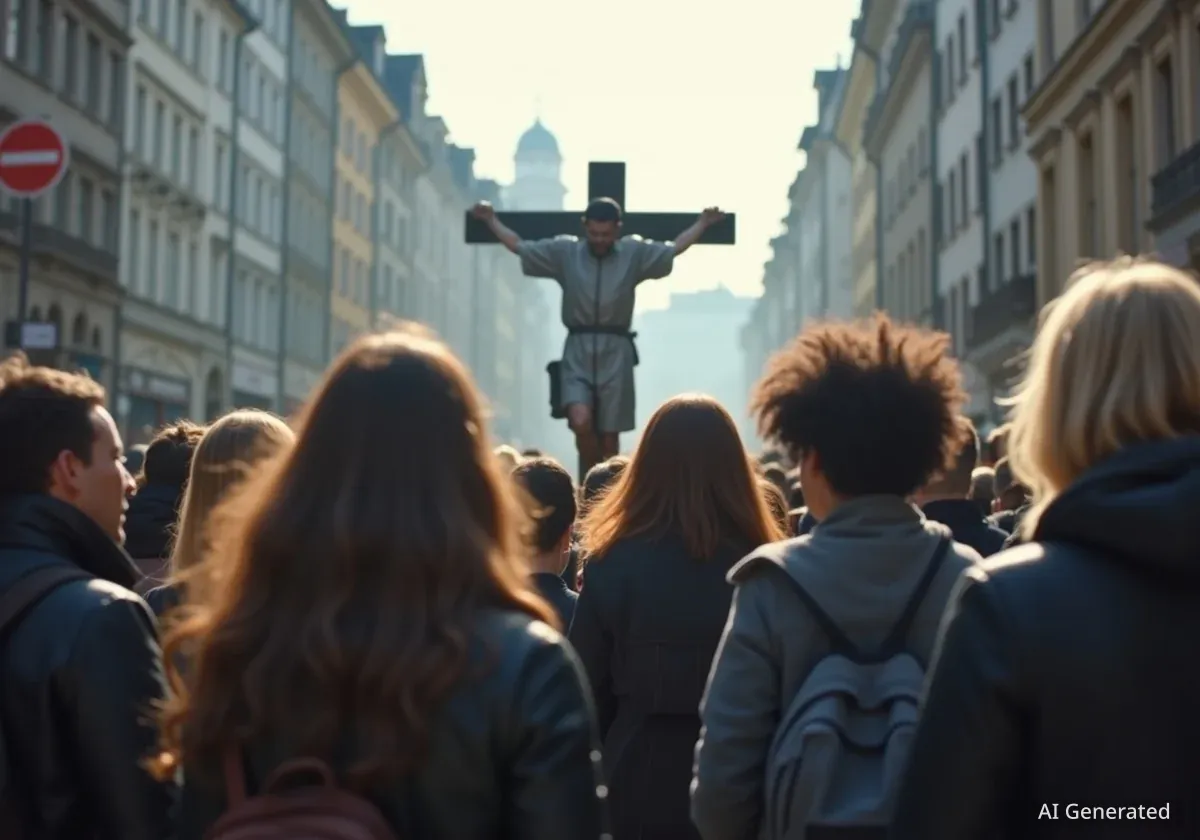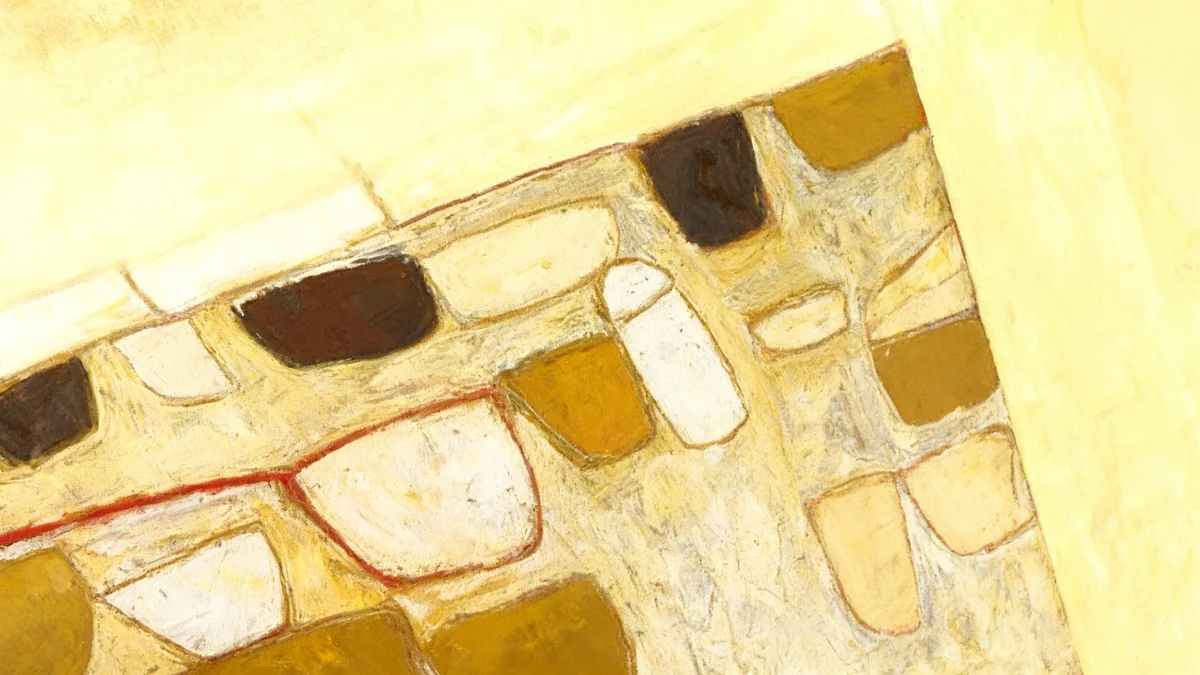More than 30 inmates from the Muskegon Correctional Facility (MCF) have collectively created and exhibited a welded sculpture titled "Arc of Redemption" for ArtPrize, an international art competition in Grand Rapids, Michigan. This marks the first time inmates have successfully coordinated and displayed an entry in the prestigious event, showcasing their newly acquired welding skills and commitment to personal growth.
Key Takeaways
- Over 30 inmates from Muskegon Correctional Facility created "Arc of Redemption."
- This is the first inmate-led ArtPrize entry.
- The sculpture highlights welding skills and personal development.
- Programs offer inmates vocational training and national certifications.
- The project fosters pride, confidence, and hope for future employment.
ArtPrize Features Unique Inmate Collaboration
The sculpture, named "Arc of Redemption," is currently on display at The B.O.B. (The Big Old Building) in downtown Grand Rapids. This historic venue, located at 20 Monroe Ave. NW, is one of 155 locations hosting thousands of entries from 930 artists for ArtPrize's 15th annual competition. The work represents the inmates' journey in learning a new trade, developing discipline, and pursuing a second chance at life, according to the artists' statement.
Angela Leslie, who serves as the school principal for both Muskegon and Brooks Correctional Facilities, confirmed that securing approval for the inmates' participation in ArtPrize was a significant undertaking. The process involved multiple levels of review within the correctional system. Once approved, the team had a tight deadline to complete the artwork.
Project Timeline
- Approval Process: Required extensive review through various correctional facility ranks.
- Creation Period: Inmates had only three to four months to design and weld the sculpture.
- Work Schedule: They dedicated time to the project almost every day during their class sessions.
Welding Program Fosters New Skills
Jesse Oosterhouse, the welding trades instructor at MCF, played a central role in guiding the inmates through this project. He envisioned bringing the incarcerated individuals together to create a cohesive learning and artistic environment. The sculpture itself depicts a man welding, symbolizing the intense effort and focus required for both skilled craftsmanship and personal transformation.
For the inmates involved, learning to weld extended beyond acquiring a technical skill. It became a crucial step towards rebuilding their lives. Through the physical act of shaping metal, they also began to shape their own futures. The artists' statement emphasizes that the sculpture serves as a powerful testament to how education and practical training can support personal change, build resilience, and offer hope for a more positive future.
"When they saw where it would be displayed, there was a sense of pride, and they were happy that the public could truly appreciate their work," Leslie stated regarding the inmates' reaction to the "Arc of Redemption."
Diverse Backgrounds, Shared Learning
Participants in the welding program come from various cultural and educational backgrounds. Many had little to no prior experience in welding or metalworking before enrolling. According to Leslie, Oosterhouse started teaching them from the very basics, building their skills from the ground up.
The Michigan Department of Corrections offers a range of programs aimed at offender success. Each prison across the state operates a school. These schools provide classes for General Educational Development (GED), employment readiness, and various trades. At MCF, inmates who are within a year of their release can learn welding and earn national certifications in four common welding processes. The instruction combines academic content with technical skills and essential workplace behaviors.
Details of the "Arc of Redemption" Sculpture
The 3D-welded ArtPrize entry is constructed from various scrap metal pieces. Notably, copper wires were used to create the shoelaces of the depicted welder. The sculpture features the welder holding a plaque inscribed with eight significant words: success, career, dignity, hope, freedom, stability, purpose, and family. Along the base of the sculpture, the initials of the MCF inmates who contributed to its creation are etched.
The B.O.B. as an ArtPrize Venue
The B.O.B., an acronym for 'The Big Old Building,' is a well-known establishment in downtown Grand Rapids. It houses multiple restaurants and clubs. For ArtPrize, it transforms into a significant exhibition space, drawing thousands of visitors who come to view the diverse artworks. Its selection as the venue for "Arc of Redemption" provided a prominent platform for the inmates' work.
Impact and Future Outlook for Inmates
Leslie highlighted that a primary goal of these programs is to help prisoners integrate into the workforce upon parole. Initiatives like the ArtPrize project serve as strong motivators for the inmates, encouraging them to continue their educational and vocational paths.
Despite the time-consuming approval process, Leslie believes the effort is highly worthwhile. She noted the unique nature of this accomplishment for the Michigan Department of Corrections.
"We’re the only program across the state that has done this ever, so it’s a special thing," Leslie said. "I think it’s significantly impacted the inmates; they are just so much more confident, especially because their families are out there seeing it."
The "Arc of Redemption" sculpture will remain on public display at The B.O.B. until October 4. This date follows the conclusion of the ArtPrize awards ceremony in downtown Grand Rapids. Public voting for ArtPrize entries was open until 10 p.m. on Thursday. Further details about the competition and its entries are available on the official ArtPrize website.
Benefits of Vocational Training in Prisons
- Skill Acquisition: Inmates learn marketable trades like welding.
- Personal Development: Programs teach discipline, teamwork, and problem-solving.
- Increased Confidence: Achieving national certifications and public recognition boosts self-esteem.
- Reduced Recidivism: Vocational training can significantly improve post-release employment prospects.
- Family Connection: Public display of work allows families to share in the inmates' achievements.




